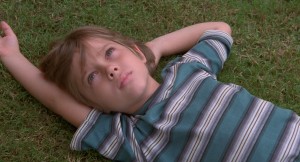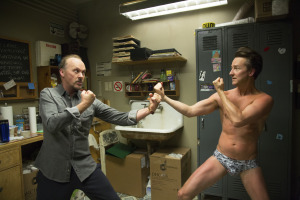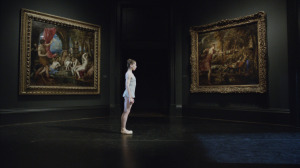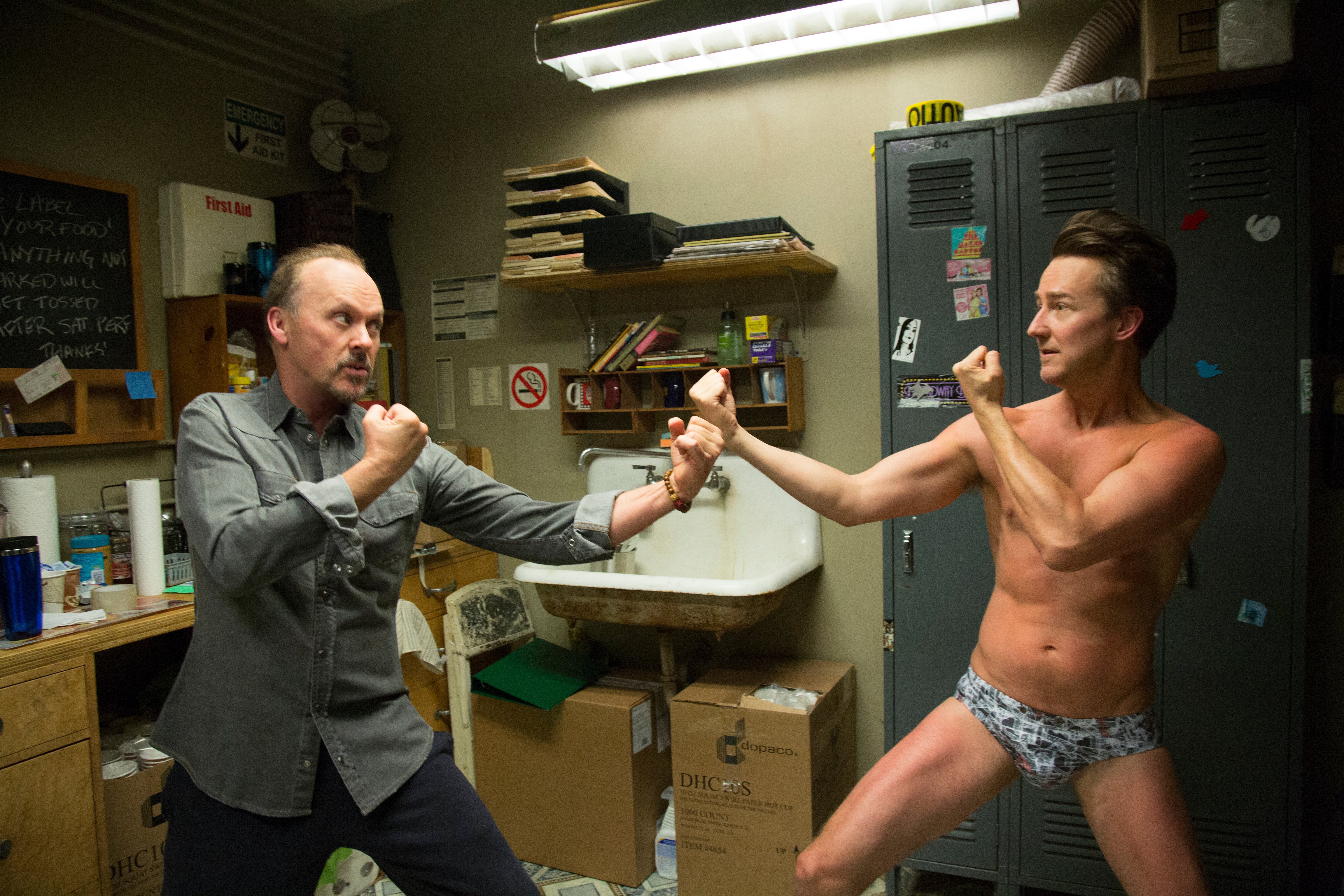Although last year was headlined by “Boyhood” and “Birdman” — both films will likely dominate the Academy Awards — I’d be remiss if I didn’t highlight some quieter successes. This year’s top five selection includes an animated short, a documentary and a healthy helping of feature-length films. In general, I appreciated those films that actively engaged me, that prompted thought and reflection in the course of, or after, viewing.
1) “Boyhood”

Talk about timing. I watched Richard Linklater’s “Boyhood” in the week before the first quarter of my freshman year. In three hours, I relived the past 12 or so years of my life. The genius of the film, much lauded for its impressive production process (shot over 12 years! With the same cast!), lies in its presentation of life’s moments.
While the standard Hollywood feature tells the story of an incredible character or event, in “Boyhood,” Linklater gives himself permission to do the opposite. Even as I watched Mason (Ellar Coltrane) grow into young adulthood, I found myself expecting a cinematic Kodak moment at any point — a sudden turn in plot and character for better or worse. This point never came. Instead, the film moves matter-of-factly through time and space — here, Mason discovering a passion for photography; there, his mother remarrying — and makes each moment the end rather than the means.
“Boyhood” will screen at Stanford Flicks on Sunday, Jan. 11 at 8 p.m. in Cubberley Auditorium. It is also available on demand on iTunes, Amazon and others, as well as on DVD and Blu-ray.
2) “The Grand Budapest Hotel”

“The Grand Budapest Hotel,” the newest addition to the Wes Anderson multiverse, is every bit an Andersonian production with its deadpan-quaint quips and wedding cake-intricate sets.
World War II encroaches upon hotel concierge Gustave H’s (Ralph Fiennes) rose-hued paradise in the fictional Republic of Zubrowka. When a wealthy female guest (Tilda Swinton) is murdered, everyone is suspect, leading Gustave H and his favorite lobby boy, Zero (Tony Revolori), to team up to recover their inheritance from the deceased woman.
Anderson creates a story within a story within a story — the events of the film are drawn from a young girl’s reading of a text drawn from an interview with the elderly Zero, who narrates the story to an unnamed author. The film moves fluidly through these narrative frames. Like so many fairy tales, certain elements of plot and character are comfortably assumed — why is Zero a favorite of Gustave’s? How, eventually, is Gustave’s name cleared? The latter would seem important in a murder mystery (it’s only hinted at), but Anderson somehow ensures that you’re comfortable with the ambiguity, happy to simply linger, for a moment, in the rooms and corridors of the Grand Budapest Hotel.
“The Grand Budapest Hotel” is available on Blu-ray and DVD at Green Library’s Media and Microtext Collection.
3) “Yearbook”

Who knew that so much could be said in the space of six minutes? Bernardo Britto’s animated short won the Short Film Jury Prize at the Sundance Film Festival in 2014. It’s a short about everything, literally — with a missile from an alien civilization en route to Earth, a man is given 17 years to create a record of human history. Assuming that “history was made by individuals, rather than dates and events,” the film’s unassuming protagonist goes about the herculean task of picking faces from a crowd.
I found myself wondering along with the film’s monotone narration. What makes a memory memorable? How do we define a legacy, or lack thereof? Britto intersperses otherwise heavy subject matter with moments of deadpan humor — at one point, our hero considers Cat Stevens for inclusion — and encourages us to examine our own lives, the moments and people who’ll mean infinitely more to us than any long-dead historical figure.
4) “Birdman (or the Unexpected Virtue of Ignorance)”

Courtesy of Fox Searchlight Pictures
The washed-up star is a favorite Hollywood trope, with good reason. Even as we’re inclined to scoff at yesteryear’s celebrities, we’re reminded of the transience of time, fame, fortune. Such is the premise of “Birdman.”
Michael Keaton’s turn as Riggan Thomson, a former movie superhero (the Birdman), adds another dimension to the also-ran. When Thomson attempts to stage a Broadway play to revive his career, he’s forced to reckon with a host of colorful characters (himself included) who seek to help or hinder him.
While a theatre critic (Lindsay Duncan) eventually dubs Thomson’s performance an incredible act of “super-realism,” I found myself appreciating the magic realistic qualities of “Birdman.” Thomson levitates and flies when he’s alone; he occasionally hears the voice of his own character, Birdman, in his ear. There’s something surreal about Thomson’s unsurprised acceptance of his own abilities — in the magic realist style, the spark of the strange is frankly expressed, is made all the more fantastic for this unadorned presentation. “Birdman” elevates the flight of fancy to an art form.
“Birdman” is now playing at Palo Alto Square Cinema in Palo Alto.
5) “National Gallery”

Prior to “National Gallery,” I’d only seen hold-your-hand documentaries — those heavily-edited productions with tons of talking heads and heavy-handed propaganda that are the stuff of high school history classes. With Wiseman’s “National Gallery,” I found myself suddenly, unnervingly free to explore the London art museum on my own terms.
Wiseman grants us access to the museum’s little-seen spaces, the restoration rooms and marketing meetings that keep the landmark institution in operation. To do this, he allows himself to disappear from the production — he offers up shot after shot of Rembrandt and da Vinci without comment.
This kind of hands-off approach to documentary requires a greater effort on the part of the audience, who must be willing to follow the thread of a docent’s lecture and, equally, the agenda of a marketing meeting. I was flattered by and appreciative of Wiseman’s assumption that his viewers would rise to the occasion.
Contact Madelyne Xiao at madelyne ‘at’ stanford.edu.
